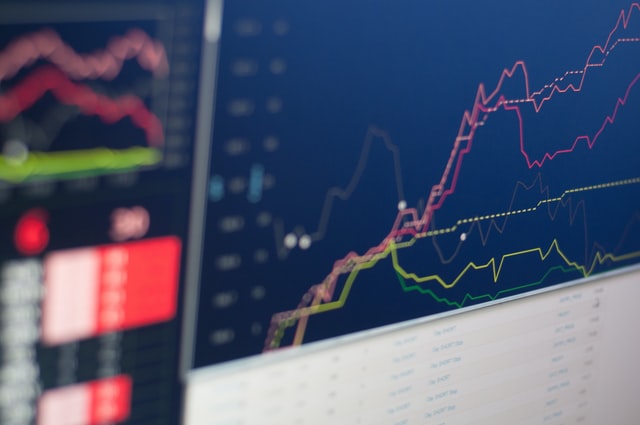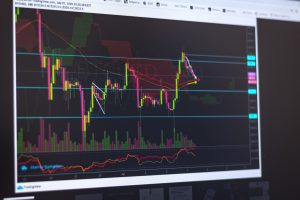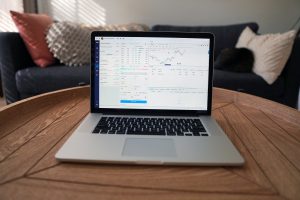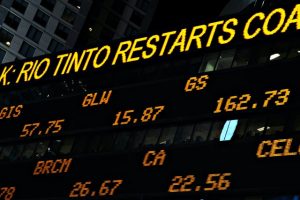There are different types of assets that traders and investors can profit from in the financial markets. There are currencies, stocks, commodities, and other derivative assets that traders in the financial markets can indulge in and profit from.
One of the most common derivative assets that traders in financial markets can buy and sell is the Contract For Difference or CFD.
What Is Contract For Difference?
Contracts for Difference or CFD is a contract for the price difference.
In the financial markets, a CFD is a derivative product based on an underlying asset. This means that you can profit from a financial asset without having to own it directly.
When trading a CFD, the trader and the CFD broker agree that they are exchanging the difference in the price of an asset. As a trader, you are making a contract to trade on margin and the difference earned when the trader exits the position.
CFDs are traded based on the opening and closing price of the underlying asset. The opening price is the price at the start of the contract while the closing price is the price at the end of the contract.
Any losses earned on the trade are borne by the trader.
How To Trade CFDs
CDFs are derivatives based on underlying assets. This means that you can buy CDFs for any asset in the financial market. You can buy CDFs for stocks, currencies, commodities, precious metals, or cryptocurrencies depending on your broker.
These are the steps to follow when you want to trade a CFD.
Select A Market
There are popular financial markets that you can access as a trader. Different markets may have different assets and opportunities to profit.
To trade CFDs, you can access financial markets in Asia, Australia, North America, and Europe among other markets. You want to trade assets in a vibrant market to make your profit and exit the CFD quickly.
Once you have chosen a preferred market, you can now buy a CFD from your broker.
Take A Position On A CFD
You have chosen an active market and an asset. Now you have to take a stake in the chosen asset.
You can either take a long position if you expect the price of the asset to rise or a short position if you expect the price to fall.
CFDs have two prices. The selling price is also known as the bid and the buy price or the offer. The price of the CFD you enter is based on the value of the asset on which the CFD is based.
Select The Size Of Your Trade
In CFD trading, a single CFD contract is equal to a single piece of the asset it is based on. This means that, if you are buying stocks, a single CFD represents a single stock.
You can stake a CFD of any size since CFD trading is leveraged trading. Thus, you can take advantage of a large position than if you bought the actual asset.
The leverage you receive is based on your available funds.
Plan Your Risk Management
As a trader, you must always have a limit to your risk appetite. The risks you take allow you to profit from your trading activities. However, taking on excess risks can lead to excessive loss of your trading balance.
As a trader, you are advised to always be cautious with your capital outlay. Invest only money that you are willing to lose.
Risk management advised traders to stake about 2% of their trading balance for each trade they take a position.
The best risk management strategy to take when trading CFDs is setting a stop loss and a limit order. A stop-loss prevents you from making losses on your trade while a limit order closes the trade when the profit limit is realized.
Close Your Position
You close the position to exit a CFD. You can either make a loss or profit when you close your position.
Pay the difference and the broker commission when you profit from your trade. You will then have the profit reflect in your account which you can reinvest or withdraw.
Conclusion
CFD trading needs experienced traders. You can easily lose your trading capital if you enter DFD trading without the needed experience.






More Stories
What are cryptocurrency exchange-traded funds?
Demo Account and The Choice of a Forex Broker
The following are ten FTSE 100 travel stocks that may take flight in 2022